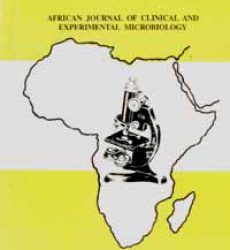Abstract
Non-fermentative Gram-negative bacilli (NFGNB) other than Pseudomonas and Acinetobacter species have emerged as nosocomial pathogens. No much data is currently available concerning the occurrence of these types of bacteria in Zagazig University Hospitals (ZUHs). In this study, the occurrence as well as the antimicrobial susceptibility pattern of unusual NFGNB obtained from clinical samples collected from intensive care units (ICUs) of ZUHs was assessed. Additionally, the genetic relatedness among the most prevalent unusual NFGNB species was studied.
Results: Out of 516 non-repeated clinical sample, 97 NFGNB (18.7%) were isolated. Among them, 17 unusual NFGNB were identified by API 20NE, accounting for 17.5% of NFGNB and 3.3% of all tested samples. Within the unusual NFGNB, Burkholderiacepaciacomplex (Bcc) was the most prevalent species accounting for 94.1% of NFGNB and 3.1% of total samples. This was followed by Burkholderia pseudomallei (B. pseudomallei) which accounted for 5.9% of NFGNB and 0.2% of all obtained specimens. Tigecycline antibiotic was the most effective antibiotic against Bcc isolates (68.8% susceptibility) in disc diffusion method. After random amplified polymorphic DNA (RAPD) testing, the obtained Bcc isolates were found to be genetically diverse. This highlights Bcc as an emerging nosocomial pathogen in ICUs of ZUHs. Continuous monitoring of the occurrence of Bcc in ICU as well as in other hospital wards is warranted.
Keywords: Unusual, Non-fermentative, gram-negative bacilli, intensive care unit
Download full journal in PDF below

